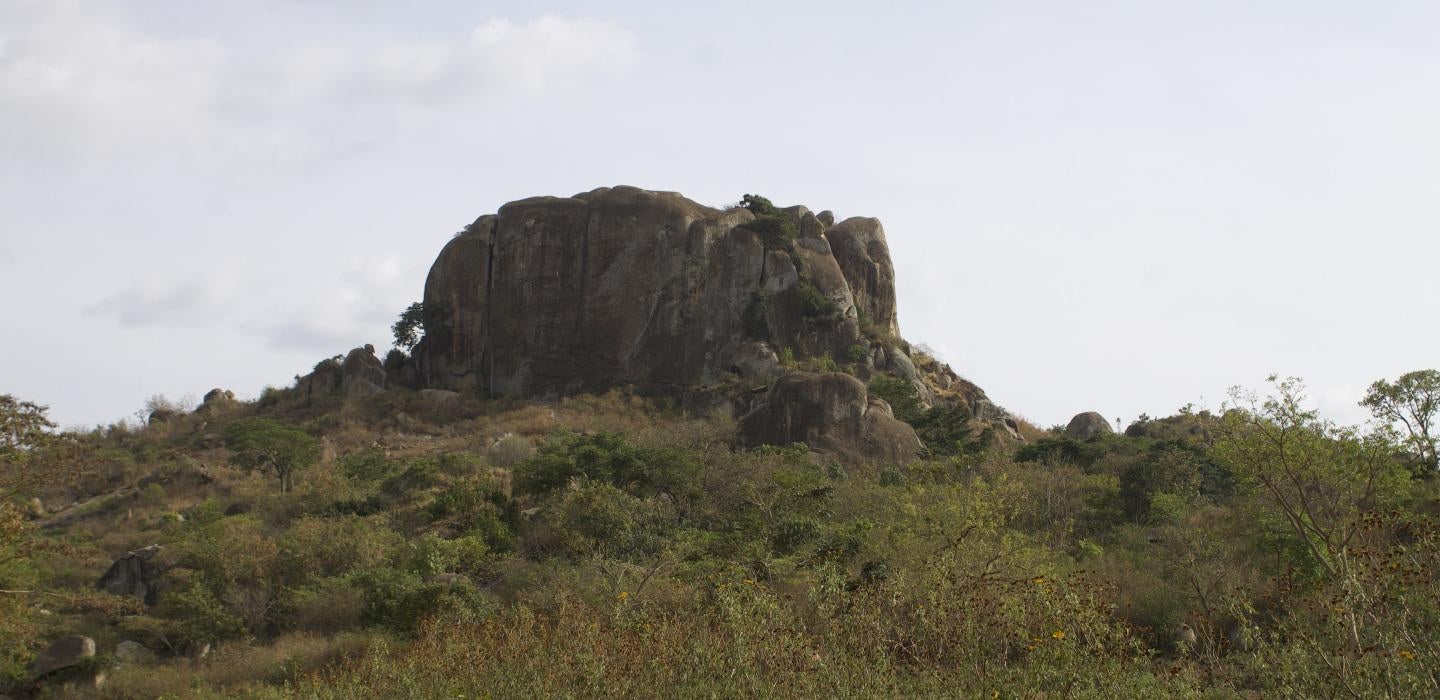
Subscribe to Pittwire Today
Get the most interesting and important stories from the University of Pittsburgh.A trove of ancient plant remains excavated in Kenya helps explain the history of plant farming in equatorial Eastern Africa, a region long thought to be important for early farming but where scant evidence from actual physical crops has been previously uncovered.
In a July study published in the Proceedings of the Royal Society B, archaeologists from Pitt, Washington University in St. Louis and their colleagues have reported the largest and most extensively dated archaeobotanical record from interior East Africa.
Up until now, scientists have had virtually no success in gathering ancient plant remains from East Africa and, as a result, have had little idea where and how early plant farming got its start in the large and diverse area comprising Kenya, Tanzania and Uganda.
“There are many narratives about how agriculture began in east Africa, but there’s not a lot of direct evidence of the plants themselves,” said Natalie Mueller, an assistant professor of archaeology at Washington University and co-first author.
The work was conducted at the Kakapel rock shelter (pictured above) in the Lake Victoria region of Kenya.
“Kakapel Rockshelter is one of the only sites in the region where we can see such a long sequence of occupation by so many diverse communities,” said Steven T. Goldstein, an anthropological archaeologist in the Kenneth P. Dietrich School of Arts and Sciences and co-first author of this study. “Using our innovative approaches to excavation, we have been uniquely able to detect the arrival of domesticated plants and animals into Kenya and study the impacts of these introductions on local environments, human technology and sociocultural systems.”
— Materials provided by Washington University in St. Louis, photography by Steven Goldstein


